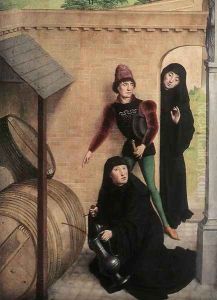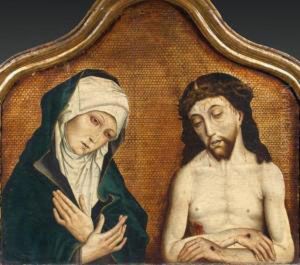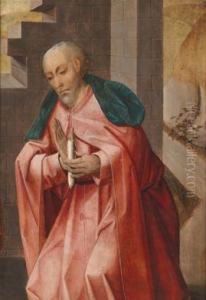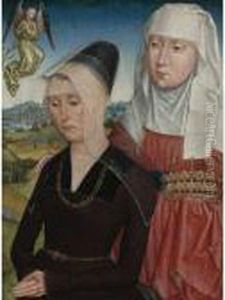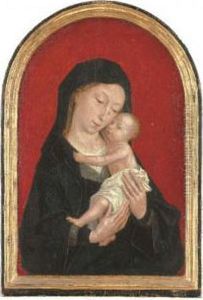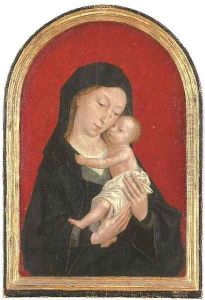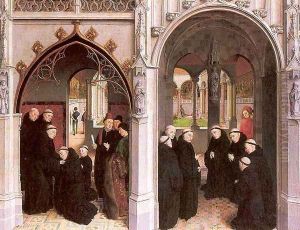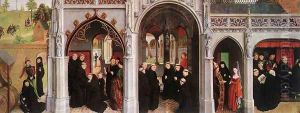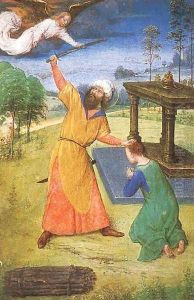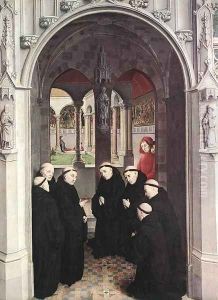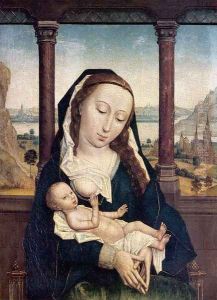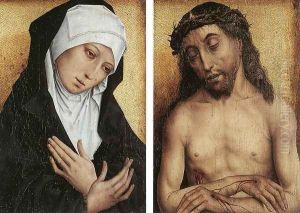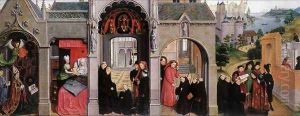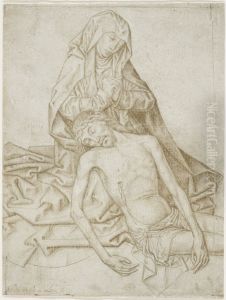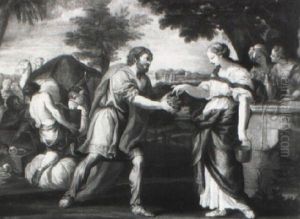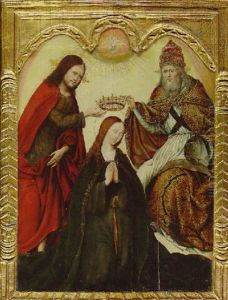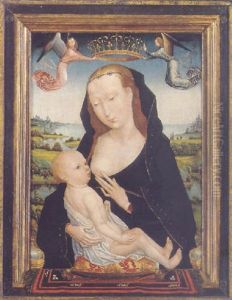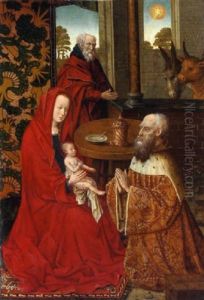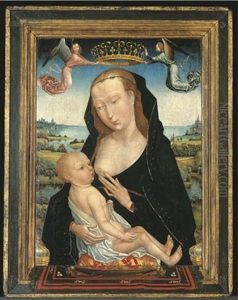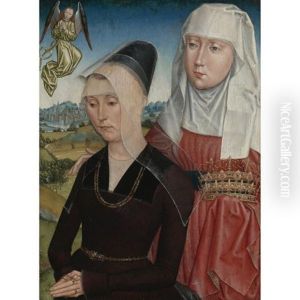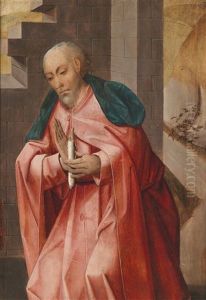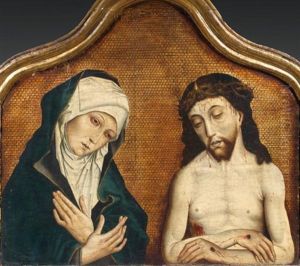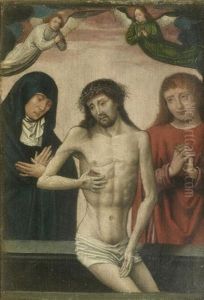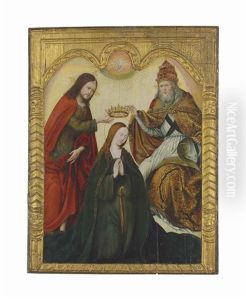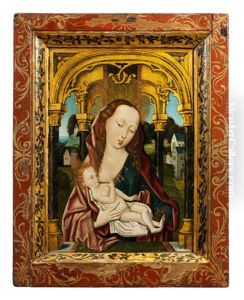Simon Marmion Paintings
Simon Marmion, born around 1420, was a French or Burgundian painter known for his significant contribution to the art of manuscript illumination as well as panel painting. His work, which vividly combines the International Gothic style with the emerging Early Netherlandish style, showcases a remarkable depth of emotional expression and attention to detail that was innovative for his time. Marmion is often hailed as one of the most important and talented manuscript illuminators of the 15th century, particularly renowned for his devotional pieces and detailed miniatures that exhibit a sophisticated use of color and light.
Marmion's career spanned various regions, including Valenciennes (now in modern-day France), where he was highly active and received numerous commissions from the local elite as well as ecclesiastical patrons. His reputation for excellence in both illumination and panel painting garnered attention from across Europe, leading to commissions that included works for Philip the Good, Duke of Burgundy, and other prominent figures of the time.
Among Marmion's most celebrated works is the illumination of the 'Hours of Simon de Varie,' completed in 1455, which is considered a masterpiece of 15th-century illumination. His panel paintings, while fewer in number, are no less significant. The 'St. Bertin Altarpiece,' created for the Abbey of Saint Bertin in Saint-Omer, is among his most notable panel works, celebrated for its detailed representation and the emotional depth of its religious scenes.
Marmion's style is characterized by its intricate detail, vibrant colors, and the realistic portrayal of figures and landscapes, which reflected a growing interest in naturalism in art during the period. His work on religious subjects is particularly noted for its emotional intensity and the humanity of its figures, which would influence the development of Netherlandish painting.
Simon Marmion passed away in 1489, leaving behind a legacy that has cemented his place as a pivotal figure in the transition from the medieval traditions of manuscript illumination to the burgeoning Renaissance emphasis on realism and individual expression in art. His contributions to the art of the 15th century continue to be celebrated for their beauty, skill, and innovative approach to both subject matter and technique.
